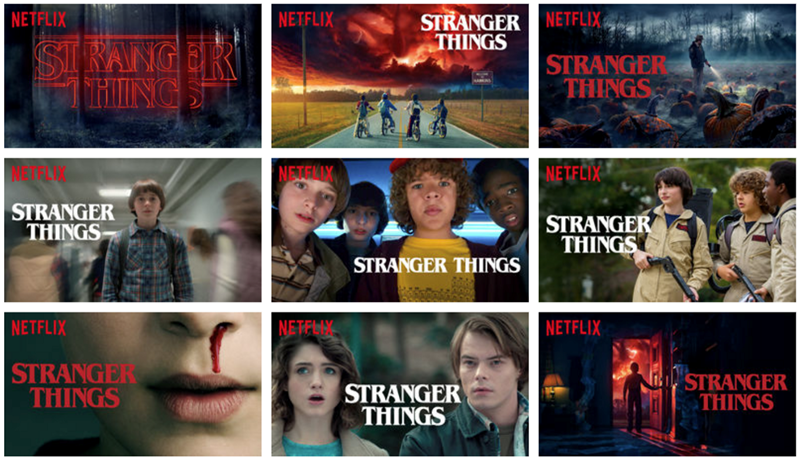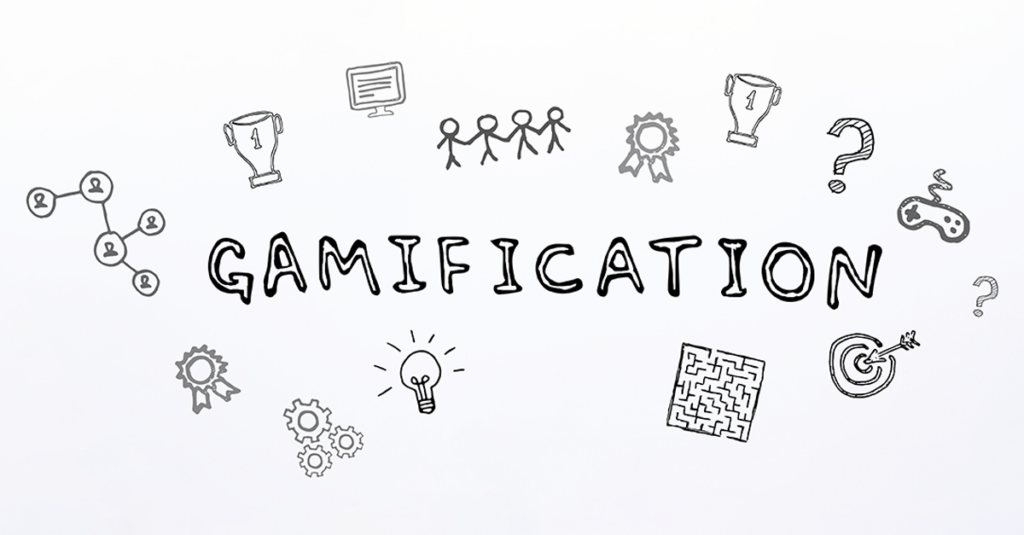

Life Science commercial learning and training managers have had to pivot dramatically in recent years, shifting to virtual-only models to ensure their field team’s success. Now, they are re-examining things once more. With the potential to hold in-person training again, what is the proper mix of virtual, hybrid, and in-person training? Which strategies will maximize training effectiveness, and what tools and technologies are needed to support these strategies? And how do you properly engage learners with these new models to create a balance of engagement, learning, and retention? Earlier this month, we gathered in San Antonio at the Life Science Learners Trainers & Educators Network (LTEN) Annual Conference to examine these questions and discuss solutions.
Here are our conference highlights:
Virtual and Hybrid Learning: Jona Kota, Association Manager at Gilead, was joined by ACTO’s Chief Revenue Officer, Kapil Kalra, and Director of Strategic Accounts, Nate Kahl, in a highly sought-after workshop about where we are going in virtual and hybrid learning. With so many L&D training hoops to jump through, it may be intimidating to pivot your whole training program, but Gilead did precisely that and with excellent success. When making the transition, the following were critical elements of success:
- Assess skills – test your commercial teams for virtual skill sets for meetings and presentations, identify knowledge gaps, and offer up-skilling courses.
- Have a champion – identify field champions to mentor and coach others.
- Engage stakeholders—look at the immediate needs of every group; identify what you need today and what you can push off until tomorrow.
Don’t Reinvent the Wheel:
Lean on your vendor partners who have been through this before. Partner with technology vendors who support your learning strategy to develop roadmaps that will ensure successful deployment and shorten the learning curve for managers and trainees. When defining the data analytics and insights you want, determine your “Basic” and your “Cadillac” needs, and then work with your vendor partner to establish a plan to get there.
The Science of Learning: Personalized learning has resulted in innovative training tactics that increase engagement and retention. How long learners remain actively engaged was a recurring theme in the questions and dialogues over multiple sessions. Many participants agreed that smaller content modules in five-to seven-minute sessions are most effective. Others considered converting eight-hour in-person meetings into one-hour training sessions with pre-work to engage their workforce. It was also agreed upon that the importance of speed to information for training materials and access to clinical content improves field force effectiveness. Learning in the flow of work, with a personalized learning journey accessible when you need it, looks to be the future of learning. The technology enabling this journey gives critical insights into how effective our training content is, how it is received, and its impact.
Transformative Intelligence Automation: In a thought-provoking session led by Todd Staples, Director of Healthcare Innovation at ACTO, he walked us through some real-life examples to help us understand the value of transformative intelligence.
With artificial intelligence (AI), we can gain a more in-depth understanding of your customers’ purchasing behaviors, allowing us to provide the right information at the right time. To use a metaphor, Netflix delivers the right show at the right moment, with varying degrees of compliance based on who is viewing. The more you interact with it by making accounts, selecting shows, and even languages, the more insight Netflix has to match content to your interests and preferences to suggest what to watch next, boosting your engagement and enjoyment. It also adjusts the banners you see based on the graphic you respond to, increasing the likelihood of engagement. We can now collaborate with solution providers to leverage this approach when communicating with HCPs to deliver content with a more likely chance of engagement.

Gamification: Repetition is the mother of all learning, so how do we hook learners on learning? How do we make learning addictive and, at the same time, offer a sense of achievement? Here are some ideas that have proven to be successful:
- Personalize – tap into personalized learning journeys so your learners can choose how they learn and what they need to learn.
- Offer them space to make mistakes—reach higher levels of participation by allowing learners to be wrong, and when they are, provide a course of action to help them improve.
- Make a plan – Create a blueprint for gamified training, including KPIs, training requirements, and how the learning/training modules will be assigned value (scored) within your technology platforms.

The Great Debate:
There was much discussion on how to engage learners. One side claims that all you need to do is provide accomplishment scores with a chance to win—be number one on the leaderboard. The opposing viewpoint contends that learning requires rewards in some form. After examining and debating, it appears that both perform, but is one genuinely more effective? More research will be necessary to answer that question.
Omnichannel Learning: It can be hard to define what omnichannel education means and encompasses, but most importantly, how is it utilized to boost engagement and impact? In a fantastic interactive session, the speakers and audience discussed the difference between multichannel and omnichannel. True omnichannel implementation takes strategy and stakeholders, and you will need to identify those critical success factors for each group and define how success is measured. It can be hard to know where to start with implementing an omnichannel technology approach, but it is often advised to start small, and in pharma, we say “pilots are our best friends.”
Food for thought:
We can overestimate how much we can get done in a year but underestimate what we can accomplish in 10.

Wrap-up
There were several excellent workshops across the three days at LTEN, and we enjoyed sharing our passion for training, learning, and development with our Life Science peers. While on-site, we recorded episodes of The Learning Journey podcast. LTEN Executive Director Kathleen Herndon and departing Executive Director Dawn Brehm spoke about the impact LTEN has on training programs throughout the industry. In another interview, LTEN Board President Richard Sampson shared his experience with Global Training and Development, what has evolved, and where it is going. Listen here.
